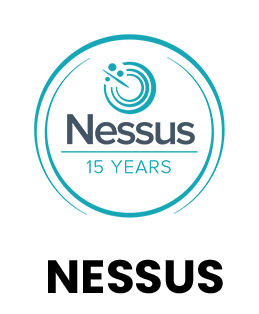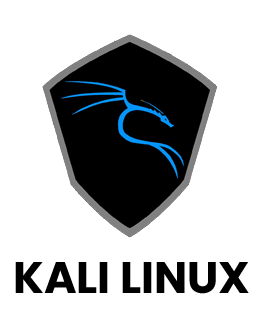1. Describe a time you stopped a security threat
Ans:
I detected unusual login attempts from unknown IPs and immediately blocked them while applying critical patches and updating firewall rules, educating users about phishing to reduce future risks.
2. How would you secure cloud applications
Ans:
I would implement strict IAM policies and enforce multi-factor authentication to prevent unauthorized access while encrypting all data at rest and in transit, continuously monitoring logs and conducting regular audits to ensure compliance.
3. What are the Steps to handle a ransomware attack
Ans:
I would first isolate infected systems to prevent malware spread and notify the response team, restore data from backups while analyzing attack vectors to identify vulnerabilities, and finally update defenses, deploy monitoring, and educate staff on safe practices to prevent future attacks.
4. How to protect data under GDPR/HIPAA
Ans:
I would encrypt sensitive data, enforce role-based access controls, continuously monitor for unusual activity, maintain detailed audit logs, and train staff on compliance requirements to ensure data privacy and regulatory adherence.
5. How to spot false positives vs real threats
Ans:
I analyze multiple alerts, correlate them with network behavior, verify incidents using SIEM tools, and ensure real threats are prioritized while false positives are filtered out to optimize response time and accuracy.
6. How would you investigate suspicious network activity
Ans:
I capture and analyze network traffic using monitoring tools, examine endpoints for malware or unusual connections, document all findings, and provide detailed remediation strategies to strengthen overall network security and prevent recurrence.
7. What is Security challenges with IoT devices
Ans:
IoT devices face weak default passwords, outdated firmware, and unsecured protocols that can expose sensitive data, and these risks can be mitigated by network segmentation, regular updates, and continuous monitoring to maintain security.
8. How to ensure secure coding in apps
Ans:
I follow OWASP guidelines, conduct thorough code reviews, use static and dynamic analysis tools to detect vulnerabilities, and implement proper authentication, input validation, and logging to maintain secure applications and prevent breaches.
9. How do you stay ahead of zero-day threats
Ans:
I monitor threat feeds, advisories, and security communities, apply patches promptly, deploy behavior-based detection tools, conduct regular vulnerability assessments, and train employees on emerging threats to maintain proactive defense measures.
10. How to Handling user resistance to MFA
Ans:
I educate users about the importance and benefits of MFA, demonstrate ease of use through practical examples, gradually enforce it via policy, and provide ongoing support to ensure smooth adoption and improved security.





















